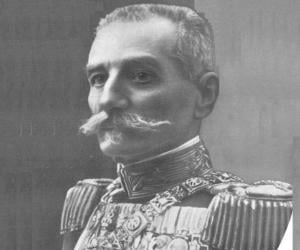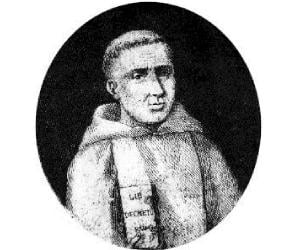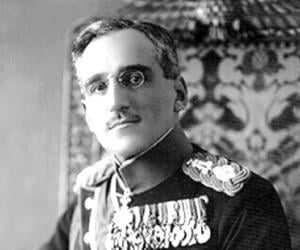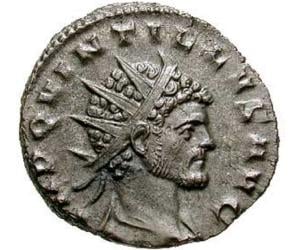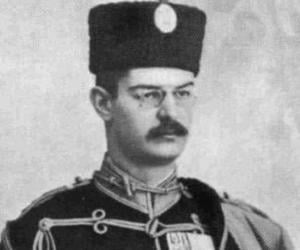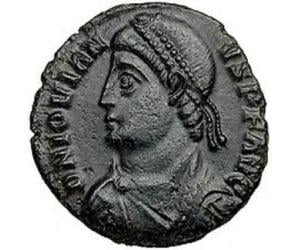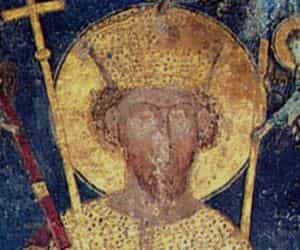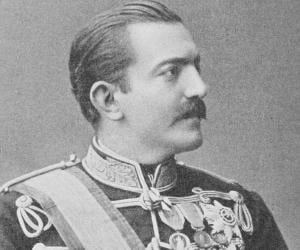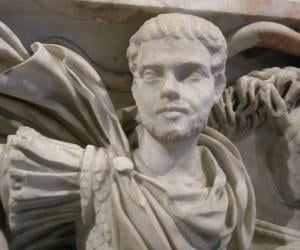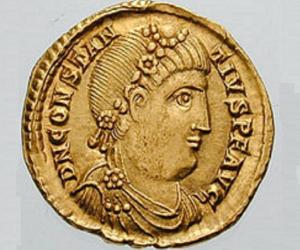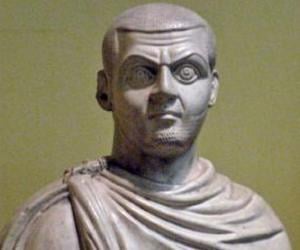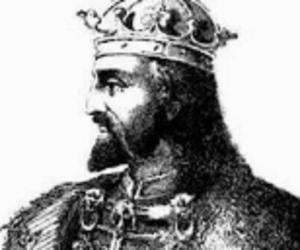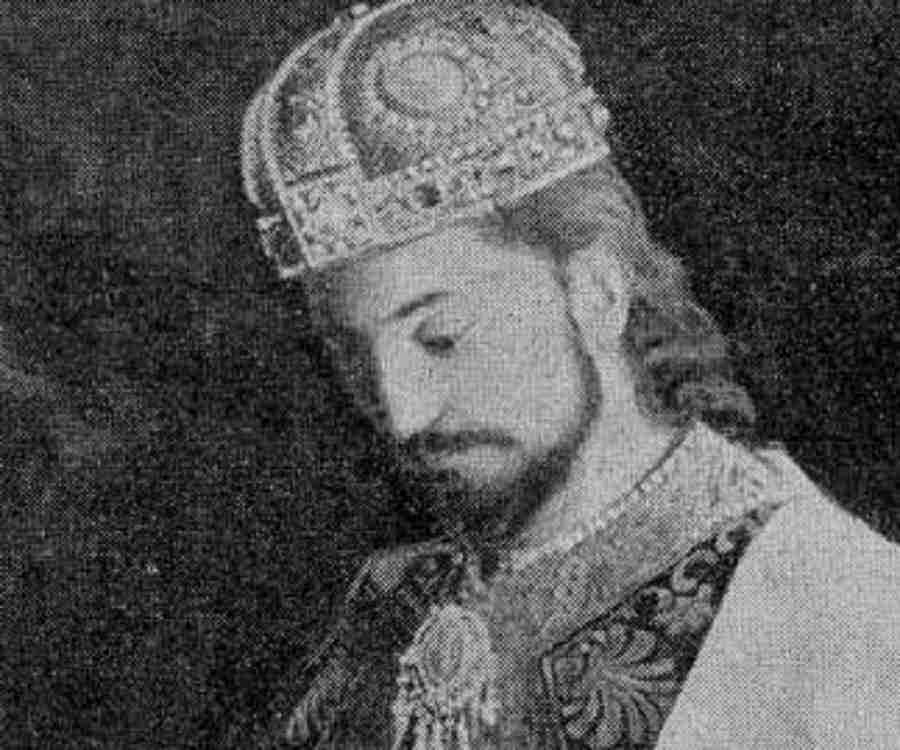1
Peter II of Yugoslavia
(Last King of Yugoslavia)
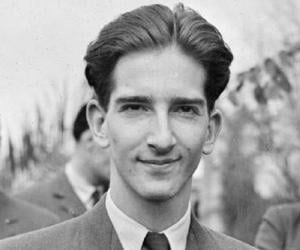
16
3
Birthdate: September 6, 1923
Sun Sign: Virgo
Birthplace: Belgrade, Serbia
Died: November 3, 1970
Peter II Karađorđević was the last king of Yugoslavia, reigning from October 1934 until he was deposed in November 1945. He ascended to the throne at a young age following his father's assassination, with a regency established under his cousin. After a pro-British coup declared him of age, Axis forces invaded Yugoslavia and forced him into exile. A government-in-exile was established in London, and he married Princess Alexandra of Greece and Denmark. Deposed in 1945, he settled in the United States and died in 1970.
